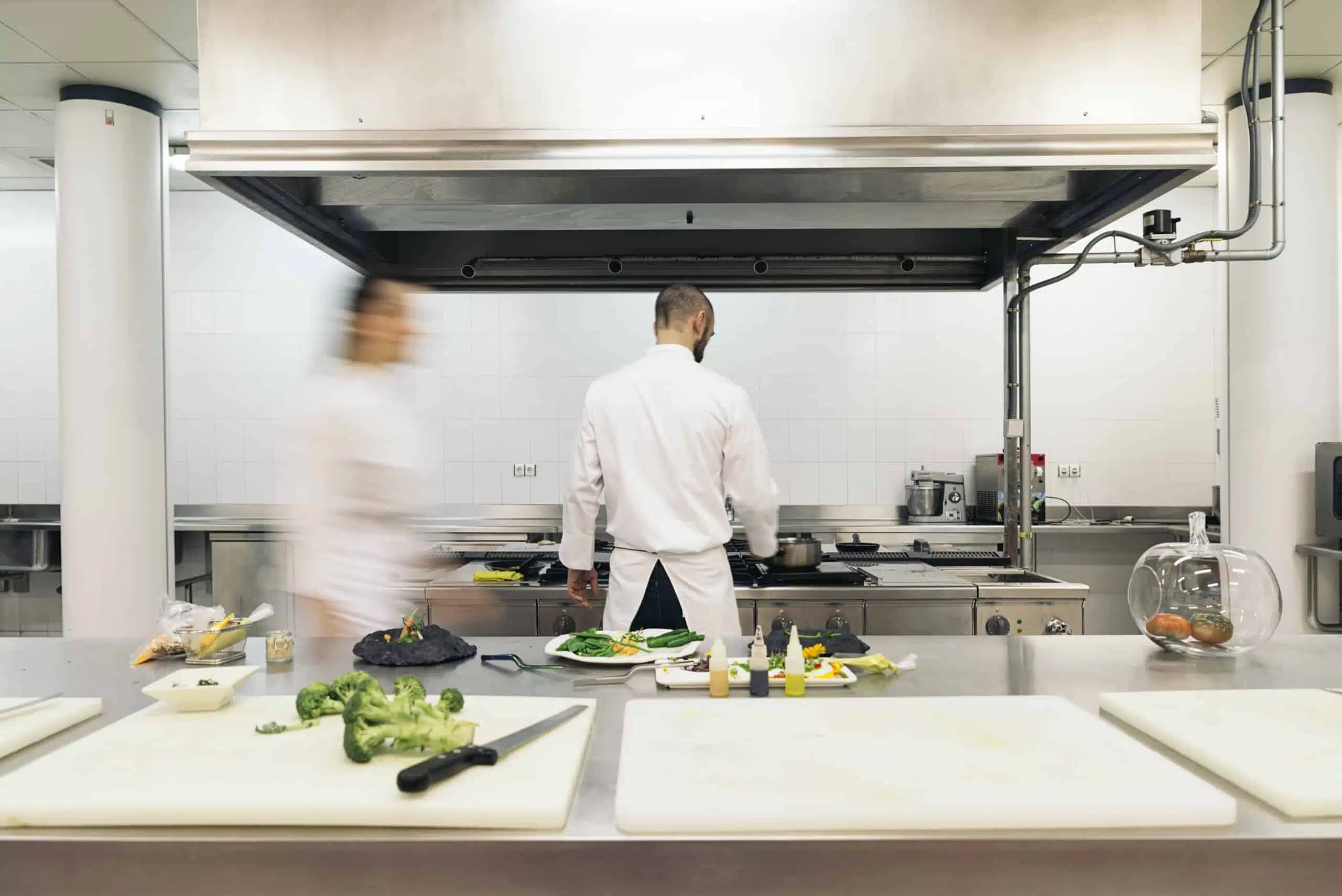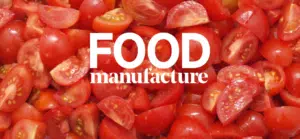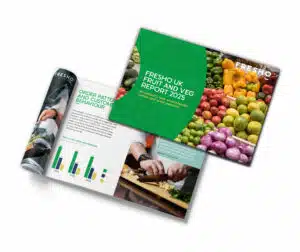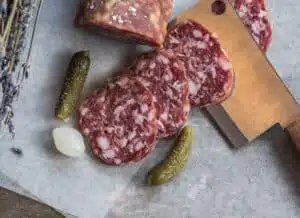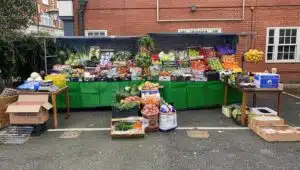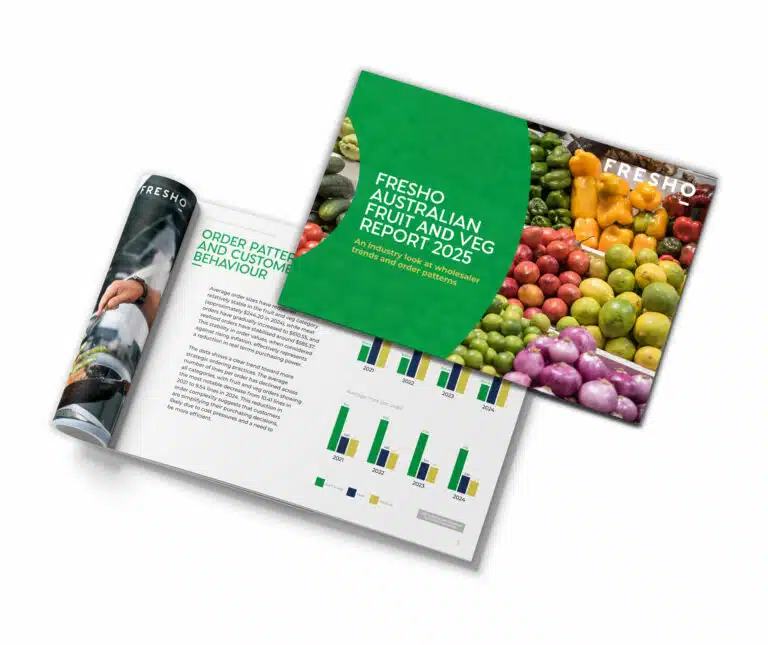It’s a costly time to be alive and expect it to stay this way for the foreseeable future. The global state of affairs is interfering with food stability causing us to dive deep into our pockets for a meal. We call this ‘inflation’ and it’s a hot topic in the media with food venues in the eye of the storm.
In the United States, the inflation rate is rising at its fastest in 40 years, with other major economies suffering similar problems. The U.K. inflation rate is forecast to keep rising this year, currently soaring at its highest since the 1980s. On the other side of the globe, prices are increasing rapidly in both Australia and New Zealand.
With venues just finding their feet after the pandemic, inflation and the costs of running a restaurant rising steadily couldn’t come at a worse time.
But by diversifying your approach, you can help your venue combat inflation. Here’s how.
1. Change your menu seasonally.
In the sweltering summer, a cold sandwich is always a hit. In the midst of winter, is there anything cosier than a hearty bowl of soup?
Aligning your menu with the seasons means you can source your ingredients locally and you can minimise the expenses you typically spend on transportation and storage for out-of-season foods. This will ensure that your regular customers are less likely to leave your venue if there is a price increase. You can also spice things up by changing your menus seasonally!
2. Adopt technology into the daily grind to cut labour costs.
After the pandemic, QR ordering became a hit that encourages guests to become their own servers and make dining a safer experience. It is as simple as providing QR codes to each table to provide access to menus. This means more control over when and how customers order, plus allowing for minimal front-of-house staff.
Online ordering from food wholesalers: On a regular week, chefs place orders from wholesalers via phone, email and text. Already on time constraints, this process can be simplified with an online ordering system where you can fill virtual pantries with regular products and place orders instantly with immediate order confirmation. Plus, it also allows you to automate future orders.
3. Re-evaluate portion sizes.
If an item is expensive, compromise. If you are consistently wasting a product, cut back. For consistency, have your cooks weigh or measure the food that is placed on the plates. By controlling your portion sizes venues can guarantee they make profit margins.
4. Revisit your cost analysis.
Don’t be afraid to audit your menu.
Take into account your low popularity/high-cost items as well as your low profit/low popularity items to see if they still deserve a place in your menu. Consider the following questions: What is your cost for ingredients, how much time does it take to prepare, and how much of the dish is gone to waste afterwards?
5. Rethink your processes.
What can you do better when it comes to purchases? Consider foods that have all the completed prep work and only require heating. If this goes against your venue’s image, consider if pre-made ingredients are worth saving time, or can be prepared better.
If we know one thing from the last couple of years, it’s that the food industry is resilient. While it may seem never-ending, understanding inflation and preparing for it will help food venues continue to be the lifeline of a country’s culture.
